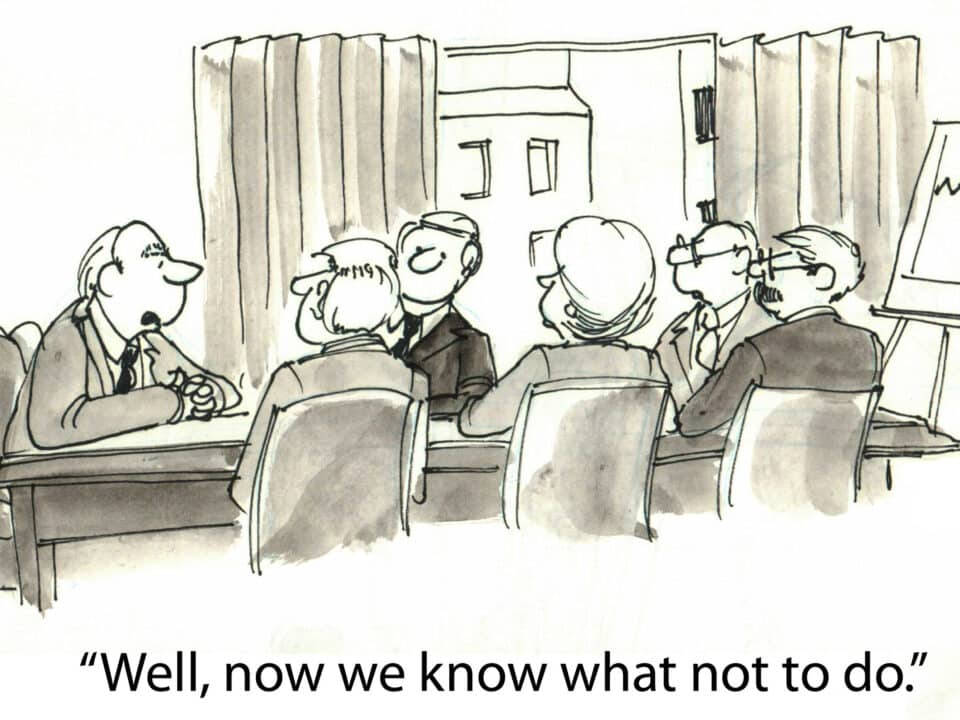
Data Quality Assurance Wrangles Noisy Data Spurring Innovative Breakthroughs
May 15, 2019
Podcast Transcripts: What they are and why you need them!
June 12, 2019Tips for Success as a Transcriptionist
We’re often asked by people how they can break into the transcription industry. What does a new hire or a new grad need to do to be successful? How can someone find their first work at home transcription job? As we celebrate National Medical Transcriptionist Week for 2019, in this blog entry, we offer 11 suggestions for being successful as a speech to text transcriptionist.
- Educate Yourself. It’s a common misconception that if you can type fast, you have what it takes to be an at home transcriptionist. Sure, typing quickly helps, but it’s far from the most important skill you’ll need for success. You’ll need an excellent command of the English language, including grammar, spelling, and punctuation. Likewise, if you want to be considered for medical transcription or legal transcription, you’ll need to know the terminology that is unique to those domains. Community colleges and distance learning programs offer educational coursework for those serious about launching a career in transcription.
- Never Guess. When you’re not sure, ask. Don’t guess. Guessing can lead to adverse outcomes that can cause a client problems. Authors often depend on the transcript you create to make business decisions, treat a patient, try a case in court or make other critical decisions. Making the wrong guess could have serious consequences. A professional transcription company will not penalize you for flagging items you are unsure how to resolve. Of course, research thoroughly and most times you’ll find the answer, but never guess when in doubt.
- Proofread. Attention to detail is everything in transcription. The transcript you produce is a representation of both you and the author you’re creating it for. Often clients use a speech to text transcription service because they are not great with grammar, punctuation or spelling. Still, they need to project a polished image with any document that has their name attached to it. These authors depend on you to help them manage their professional reputations.
- Research. Search engines are your friend. For example, if you don’t know how to spell something, type it in Google or Yahoo or Bing the best way you can. Even when you spell it wrong, all three search engines will suggest alternative spellings that may lead you to the answer you are seeking. Additionally, print references that you will use consistently should be part of your library.
- Review Feedback. Professional speech to text transcription companies will provide their transcriptionists with regular feedback. Feedback is intended to help transcriptionists avoid repetitive errors and expand their fund of knowledge. Make sure to review your feedback daily and ask questions when you don’t understand or agree with something. Feedback should spur a two-way conversation between the transcriptionist and the transcription company.
- Be Adaptable. The transcription industry is one of rapid change. Stay up-to-date on industry news. For instance, in recent years, speech recognition technology has transformed the industry. It’s being leveraged to reduce costs and speed turnaround times. Likewise, be open to new types of transcription work. For instance, if you’ve only done medical transcription, consider expanding your repertoire to non-medical interview transcription or focus group transcription. While change can be unnerving, being open to new technology and new approaches to working can open you to even greater career opportunities.
- Communicate. When something isn’t working well, talk to your point of contact at the transcription company. A professional transcription company will often work with you while you navigate a challenging situation. Likewise, if you see a way to improve something, speak up. Some of the best ideas come from transcriptionists. Transcriptionists are often the first to identify risks or make suggestions that help make things better for everyone.
- Be Safe Online. Make sure you protect yourself against cyber threats. Install antivirus software and keep it updated. Likewise, install other software updates as your computer prompts you. Your computer is the link to your livelihood, so make sure you keep it healthy at all times. For security purposes, it’s not advisable to allow other members of your household to use the same computer that you use to do your work. Likewise, be diligent about changing your passwords regularly, and use a VPN if you ever need to work outside your regular Wi-Fi network.
- Use Professional Tools. Invest in a professional-grade headset from a company like TranscriptionGear.com or HTH Engineering. Quality headphones will not only enable you to hear clearly, but they will also help you do the best job you can and stay comfortable. Since you’ll be listening to audio files for many hours a day, your job will only be made easier when you invest in a professional headset. A quality keyboard, desk, and chair are essential for proper ergonomics as well. Make sure your workspace is well-lit too.
- Designate a Workspace. To be successful as an at home transcriptionist, you need to have a clearly defined place to do your job. Working from the couch or the kitchen table won’t cut it. You need a space that’s yours and is intended for extended work periods. If you have other members in your household, make sure your workspace is a quiet place where you can close the door, concentrate, and be free from distractions. Others should recognize that just because you’re at home doesn’t mean you should be disturbed while you’re transcribing.
- Relax. It’s impossible to do quality work when you’re consistently stressed. Spend time with your family and friends or just with yourself if you’re more introverted. Whatever brings you joy in life, make time for it. When you tend to your personal life, the joy you derive from your non-work activities will spill-over into your professional sphere. A relaxed transcriptionist is a more productive transcriptionist.
You perhaps have more tips and thoughts on how to be successful in the transcription industry. We’d love to hear them. Leave your comments below.






3 Comments
Another tip: Take breaks, especially when working on long audios. Mental fatigue can lead to mistakes and missing details. Don’t be afraid to walk away for a bit and come back to the job. Quality is very important.
These are great tips. One thing I do is set a timer on my phone to remind me to take breaks. During my breaks I make sure I leave my desk and walk around for a few minutes. When I do this I find that I am more alert and get more work done than if I had worked without any pauses.
Another good tip is it helps to have a consistent work schedule everyday. This allows a transcriptionist specific time that is blocked off just for typing and makes it a little easier to be able to reach daily work goals.